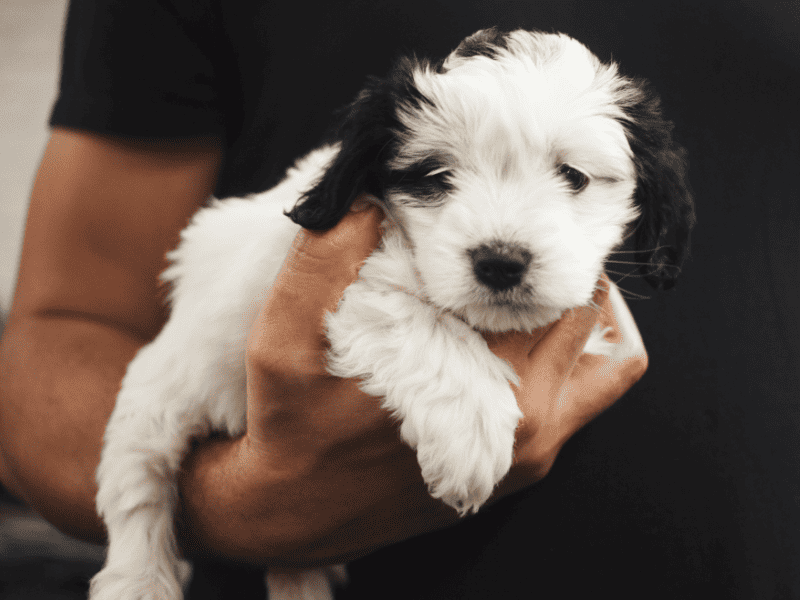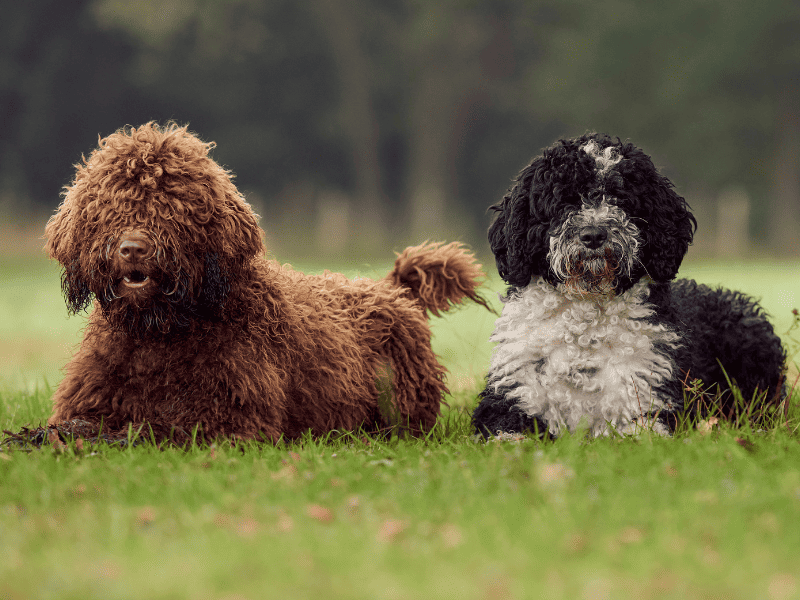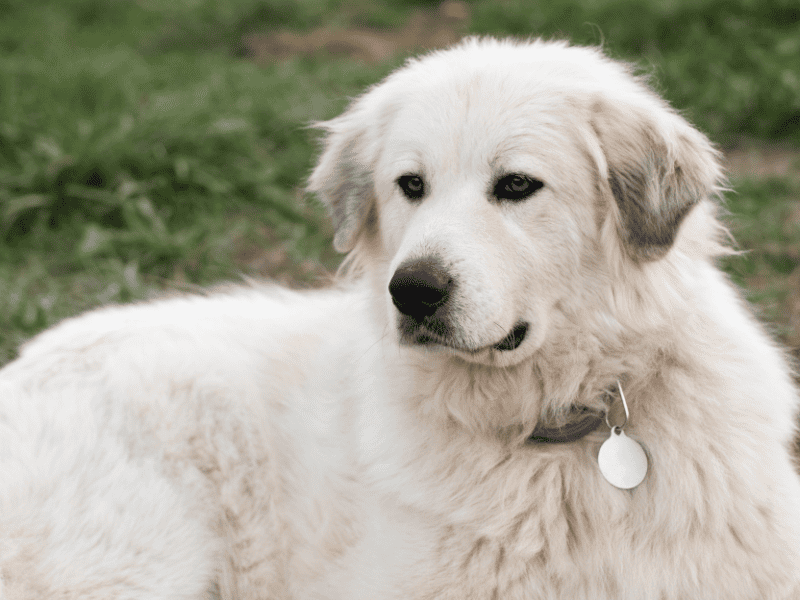Recently at the dog park, the topic of cataracts in dogs surgery and dog blindness came up. Dog parents and walkers at the park were surprised that cataract surgery was an option for dogs as it is for humans. I think it’s fantastic that there is an option of cataract surgery for dogs, but it appears many do not know about this.

One of my best friends needed to get cataract surgery for his dog (Jake), so I did a little Q&A session with him for the scoop on this procedure:
At what point did you (or the vet) determine Jake really couldn’t see properly and needed dog cataract surgery?
We noticed that Jake was having a little bit of trouble on his walks and he didn’t notice he was about to walk into the lower branches on a hedge.
Suddenly, Jake was also very tentative about going down stairs. We also noticed his eyes looked a little cloudy so we got him examined and were told by our vet that he was developing cataracts.
About the same time, we discovered Jake was diabetic so the cataracts got bad very quickly. Luckily, we were able to get Jake’s blood sugar stabilized with a new diet and injections.
After a few months, we had him examined by Dr. Nancy Bromberg at the Southpaws Animal clinic in Northern Virginia.
Cataracts In Dogs Surgery Prep
Dr. Bromberg dilated his eyes and then left for about 10 minutes to allow the drops to work. During that time, we noticed Jake seemed very excited and was walking all around the room and even seemed to respond to the toys.
When she came back in, she mentioned that sometimes dilating the eyes lets in additional light allowing the dogs to see a tiny bit better. We told her about how excited Jake seemed and that for us solidified that we were going to do the surgery unless he absolutely wasn’t a candidate.
Seeing how happy and excited he was with just a tiny improvement in his vision was a little heartbreaking and very encouraging at the same time. Fortunately, Dr. Bromberg said that Jake was a candidate for the surgery.
As a side note we were nervous about this surgery but then noticed a thank you letter on the wall from the National Zoo in appreciation for the work she had done on one of the Panda’s eyes.
The fact that she would be called in to do that surgery was impressive and nice to see.

How was the cataracts in dogs surgery?
Dr. Bromberg explained to us that she would be inserting a new lens into each eye. She would be doing both eyes at the same time.
The only complication she mentioned would be if for some reason the lenses couldn’t be inserted then she would still be removing the cloudy lenses in which case Jake would still be able to see fine farther away but not up close. We figured that was still better than him not being able to see at all.
Lens removal is done under general anesthesia by making an incision in the eye and using special equipment to ultrasonically fragment and remove the diseased lens. In most cases, an artificial intraocular lens is implanted to replace the diseased lens.
When Dr. Bromberg performed the surgery there were no complications and Jake was ecstatic from the time we picked him up for the rest of the day.
How was the recovery from cataracts in dogs surgery?
The only complicated issue with recovery was that there were several post-surgery medications Jake needed to take for the next few weeks. All given in different doses, some at different times, some liquid, some pill form – but we made a schedule and got through it fine.

When we went back to have Jake’s follow up vet visit we were told everything was fine. We did see a Boston Terrier in the waiting room and told the owner how great Jake’s results were.
She said that the Dr. told her that Boston Terriers have a lower rate of success and that they would only do the surgery on one eye at a time in case the first one didn’t work out. So certain breeds do have a lower rate of success, but overall the success rate is very high.
Our pet insurance paid for most of the surgery. We use “Healthy Paws”, and they are fantastic. The surgery costs several thousand dollars and after they reimbursed us the actual cost was around $400-$500 out of pocket.
Jake is back to jumping up on the couch and not missing, chasing squirrels and chasing his toys.
ALSO READ:


